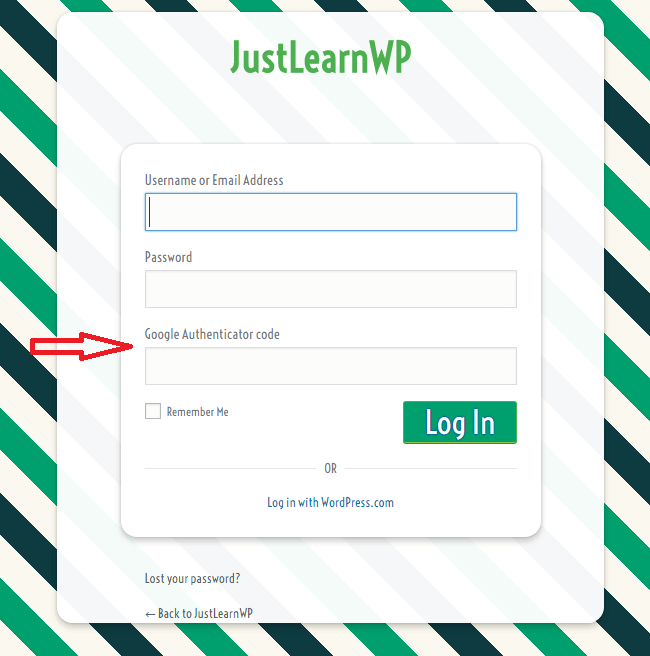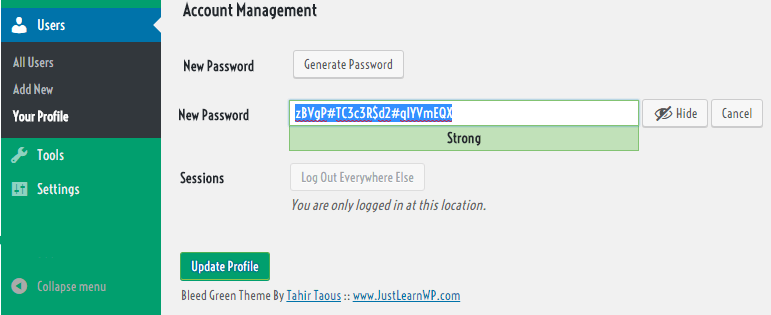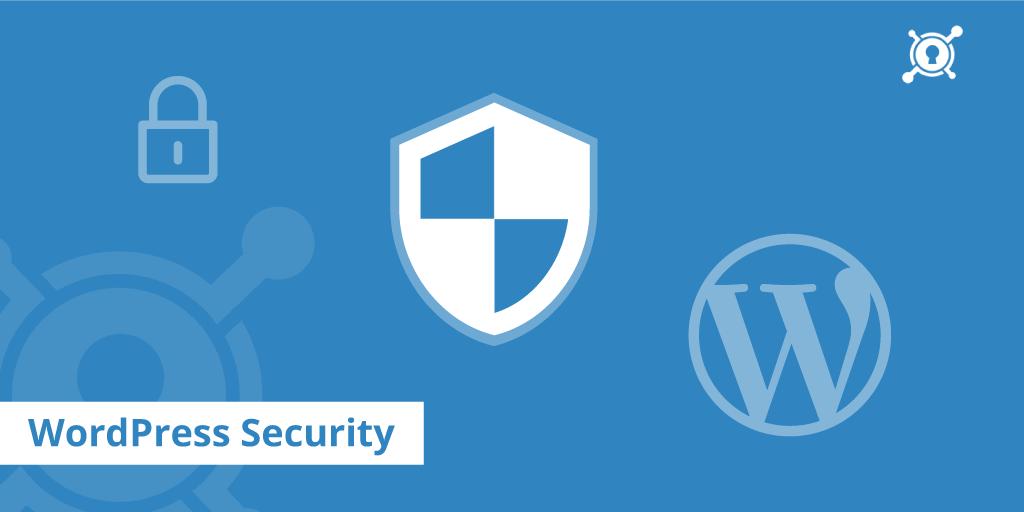WordPress is always under attack! Yes, you have heard it right and as a blogger and developer, it’s your duty to secure WordPress. More than 25% of all websites are powered by WordPress. At this point, it is important to learn whether people are trusting on a worthy CMS or not.
It is already admitted by many website developers that WordPress has security issues, but which extend? How can you strengthen WordPress security? We will show you 7 ultimate steps to secure WordPress websites.
Is WordPress secure?
The security breaching incidents of WordPress is already on air. Two major security breaches of WordPress have already reported within recent years.
However, WordPress could become as secure as other CMSs, namely Drupal or Magento and the responsibility mainly go to the website owners, developers and WordPress maintenance services providers.
If you are failing to take your responsibilities, then nobody can ensure your WordPress site security.
Who is Attacking WordPress Site?
When you are trying to prevent WordPress hacking, you require getting ideas about website hackers. Who is showing interest to your site? Who are the possible attackers of the website? Generally, there are three types of entities who attack WordPress sites.
A single Bot: Bot is a single program designed by hackers. It looks for known vulnerabilities within the WordPress Websites. The bot method is a type of unsophisticated attack that can attack a small number of sites.
A Botnet: A botnet is multiple version of a program running on a huge number of machines in order to hack a large number of websites at the same time. Most of the WordPress hacking is caused by a botnet.
Human: Human attackers or human hackers take interest only to those websites that have sensitive private data or sites that are financially lucrative. Unlike the bots, human attackers are very sophisticated as well as dangerous.
7 Steps to Secure WordPress Sites
So here is a list of 7 ultimate steps to secure your WordPress site.
1. Activation of two-step authentication process
Two-step authentication process is adopted by almost all types of websites where security is prioritized.
We have been using WordPress Google Authenticator Plugin By Henrik Schack for a long time and it works really well. You need to install this plugin on your WordPress websites and then install Google Authenticator App on your smartphone, it’s free and you can download it from play store.

Then why it is not for WordPress? In two-steps verification or two-factor authentication process, the user is asked to put an OTP other than the account password.
The user can receive this OTP via personal mobile number, which is registered in WordPress. This is an extra layer of security to protect the site from the hackers.
There are many free WordPress two-factor authentication plugins available to add two-factor authentication in WordPress.
2. WordPress Update
The CMS experts always recommend updating WordPress in regular interval. Why? Like any other CMSs, WordPress is also evolving and adding new features as well as patching the possible backdoors of the hackers.

Hence, if you are not updating WordPress, you are becoming vulnerable towards the hackers. Besides, WordPress offers updates only twice in a year and it takes only a few minutes to update the WordPress.
3. Create Strong Password
To protect your WordPress site you always have to select strong passwords. Passwords in WordPress are case sensitive, which is good for security.
To change your password go to Users > Your Profile and under account management section, click Generate Password button. Copy and save this strong password that WordPress will generate for you.

To create a strong case-sensitive password you must include alphabets (random) both in upper case and lower case. Apart from that you also need to include special characters and numeric.
The password should have minimum 12 to 14 characters. You should not share the password with anyone or write it somewhere, which is easily accessible by others.
This one Gwl#73FLp4@B2J is the example of an ideal password.
4. Change the “Admin” Username
Admin is the default username for WordPress account, which makes it easier for the hackers. While keeping the default user name, the hackers have the privilege not guessing the username and directly move for the password.
You can change the username manually from the WordPress settings or use a plugin to change the username. It is an easy step (precaution) to hinder the hackers.
- If your current username is “admin”, Go to Users > Add New and create a new user account with a new username and strong password and give this new user “Administrator” role.
- Log out of WordPress account and login with new user account and delete the old user with “admin” username or change it’s user role to Subscriber.
5. WordPress Security Plugins
The use of security plugins such as all-in-one WP security is an efficient step to protect the website from the hackers.

You can easily skip several major security threats as well as malware issue with the implementation of appropriate security plugin.
If you are confused, which security plugin is the best for your site, we can suggest you one. Sucuri is one of the best security plugins used by a large number of the WordPress users around the world.
6. Limit the Login Attempts
By default, WordPress allows unlimited turn for login. However, this is not a good feature considering the security matter.
You can use different plugins to put a limit on the number of attempts to login. A plugin like LockDown is proved as exceptionally good. Besides, if you can also use Web Application Firewall (WAF).
Cerber Security is a free and up-to-date plugin to Limit Login Attempts.
7. Addition Security Question to WordPress login
If you are using JetPack plugin, go to Jetpack > Setting > Security tab and enable Brute force attack protection. You can also activate WordPress.com login to make your WordPress login more secure and simple.

The addition of a security question is quite an effective procedure. With the help of certain plugins such as WP Security Questions Plugin, you can add security question, which has to be answered while logging in to the site.
However, try to select a more personal question, which is not easy to guess by the outsiders or people who have limited interactions with you. This trick is only effective when you can select a personal question wisely.
Thought Summary
If you have a WordPress website, you need to consider its security issues sincerely. Many features of WordPress make it vulnerable to the hackers.
However, taking several precautions and with the use of appropriate plugins, the vulnerabilities could be reduced. Try the suggestions we listed for you. If you like our tips, stay tuned for further updates!